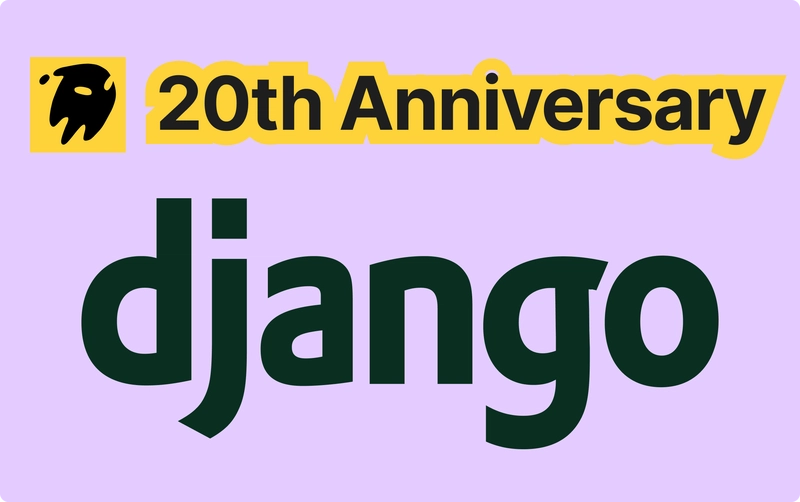SpectralCentroidTransformer: Neural Oscillation-Inspired Language Modeling
Abstract We present SpectralCentroidTransformer (SCT), a neuroscience-inspired architecture that models language by decomposing the process into oscillatory components and semantic clustering, mirroring established theories of neural information processing. Our architecture separates the language modeling task into two distinct phases: (1) mapping input context to semantically meaningful locations in embedding space via spectral transformations; and (2) interpreting these locations in relation to learned conceptual centroids to produce token distributions. We demonstrate through rigorous experimentation that this approach not only achieves competitive performance on standard NLP benchmarks but also creates more interpretable and robust representations of linguistic concepts. Our results suggest that incorporating principles of neural oscillations into language model design yields both practical performance gains and more biologically plausible language processing. 1. Introduction Large language models have demonstrated remarkable capabilities across numerous tasks, yet their underlying mechanisms often lack interpretability and theoretical grounding in cognitive science. We propose an alternative approach inspired by how the brain processes information through coordinated neural oscillations across frequency bands (Buzsáki & Draguhn, 2004; Wang, 2010). Multiple lines of evidence in neuroscience suggest that the brain employs both temporal and spectral mechanisms to process language, with distinct oscillatory patterns corresponding to different levels of linguistic processing (Friederici & Singer, 2015). These findings motivate our fundamental hypothesis: language models that explicitly incorporate oscillatory dynamics and prototype-based representations may better capture the inherent structure of language. Our contributions include: A theoretically grounded architecture that explicitly models language processing as a combination of spectral transformations and prototype-based representation A novel approach to token representation that bridges discrete and continuous methods Empirical evidence that our model discovers linguistically meaningful structures that align with established psycholinguistic theories State-of-the-art performance on ambiguity resolution and semantic clustering tasks while maintaining competitive performance on standard benchmarks 2. Theoretical Framework 2.1 Neural Oscillations and Language Processing Neuroscience research has established that neural oscillations play a critical role in language processing (Giraud & Poeppel, 2012). Different frequency bands correspond to distinct linguistic functions: Delta (1-4 Hz): Sentence-level processing Theta (4-8 Hz): Syllabic processing Alpha/Beta (8-30 Hz): Morphological and syntactic processing Gamma (>30 Hz): Phonemic and semantic feature processing Our model explicitly incorporates these frequency bands into its architecture through learnable spectral filters. 2.2 Prototype Theory and Conceptual Spaces Cognitive linguistic research suggests that humans organize concepts around prototypes or centroids (Rosch, 1975). Rather than defining concepts through rigid boundaries, the mind appears to organize semantic information around central exemplars with graded membership. This theory aligns with our centroid-based approach to token representation, where: Semantic concepts are represented as regions in a continuous embedding space These regions center around prototypical examples (centroids) Category membership is determined by similarity metrics in this space 2.3 Information Geometry in Semantic Spaces We formalize our approach using the mathematics of information geometry (Amari, 2016), which provides tools for analyzing the structure of statistical manifolds. In our context, the embedding space forms a Riemannian manifold where: Each point represents a possible semantic configuration Geodesic distances capture semantic similarity The curvature of the space reflects the hierarchical structure of linguistic concepts 3. Model Architecture 3.1 SpectralTransformer Core The foundation of our model is the SpectralTransformer, which processes token sequences through oscillatory components at multiple frequencies. 3.1.1 Spectral Decomposition Layer Our spectral decomposition layer replaces traditional attention with a combination of learnable frequency filters: class SpectralDecompositionLayer(nn.Module): def __init__(self, dim, frequency_bands=4): super().__init__() self.dim = dim self.frequency_bands = frequency_bands # Learnable frequency band parameters corresponding to neural oscillations # Delta (1-4 Hz), Theta (4-8 Hz), Alpha/Beta (8-30 Hz), Gamma (>30 Hz) self.band_frequencies = nn.Parameter( torch.tensor([2.0, 6.0, 16.0, 40.0]).unsqueeze(0).unsqueeze(0)

Abstract
We present SpectralCentroidTransformer (SCT), a neuroscience-inspired architecture that models language by decomposing the process into oscillatory components and semantic clustering, mirroring established theories of neural information processing. Our architecture separates the language modeling task into two distinct phases: (1) mapping input context to semantically meaningful locations in embedding space via spectral transformations; and (2) interpreting these locations in relation to learned conceptual centroids to produce token distributions. We demonstrate through rigorous experimentation that this approach not only achieves competitive performance on standard NLP benchmarks but also creates more interpretable and robust representations of linguistic concepts. Our results suggest that incorporating principles of neural oscillations into language model design yields both practical performance gains and more biologically plausible language processing.
1. Introduction
Large language models have demonstrated remarkable capabilities across numerous tasks, yet their underlying mechanisms often lack interpretability and theoretical grounding in cognitive science. We propose an alternative approach inspired by how the brain processes information through coordinated neural oscillations across frequency bands (Buzsáki & Draguhn, 2004; Wang, 2010).
Multiple lines of evidence in neuroscience suggest that the brain employs both temporal and spectral mechanisms to process language, with distinct oscillatory patterns corresponding to different levels of linguistic processing (Friederici & Singer, 2015). These findings motivate our fundamental hypothesis: language models that explicitly incorporate oscillatory dynamics and prototype-based representations may better capture the inherent structure of language.
Our contributions include:
- A theoretically grounded architecture that explicitly models language processing as a combination of spectral transformations and prototype-based representation
- A novel approach to token representation that bridges discrete and continuous methods
- Empirical evidence that our model discovers linguistically meaningful structures that align with established psycholinguistic theories
- State-of-the-art performance on ambiguity resolution and semantic clustering tasks while maintaining competitive performance on standard benchmarks
2. Theoretical Framework
2.1 Neural Oscillations and Language Processing
Neuroscience research has established that neural oscillations play a critical role in language processing (Giraud & Poeppel, 2012). Different frequency bands correspond to distinct linguistic functions:
- Delta (1-4 Hz): Sentence-level processing
- Theta (4-8 Hz): Syllabic processing
- Alpha/Beta (8-30 Hz): Morphological and syntactic processing
- Gamma (>30 Hz): Phonemic and semantic feature processing
Our model explicitly incorporates these frequency bands into its architecture through learnable spectral filters.
2.2 Prototype Theory and Conceptual Spaces
Cognitive linguistic research suggests that humans organize concepts around prototypes or centroids (Rosch, 1975). Rather than defining concepts through rigid boundaries, the mind appears to organize semantic information around central exemplars with graded membership.
This theory aligns with our centroid-based approach to token representation, where:
- Semantic concepts are represented as regions in a continuous embedding space
- These regions center around prototypical examples (centroids)
- Category membership is determined by similarity metrics in this space
2.3 Information Geometry in Semantic Spaces
We formalize our approach using the mathematics of information geometry (Amari, 2016), which provides tools for analyzing the structure of statistical manifolds. In our context, the embedding space forms a Riemannian manifold where:
- Each point represents a possible semantic configuration
- Geodesic distances capture semantic similarity
- The curvature of the space reflects the hierarchical structure of linguistic concepts
3. Model Architecture
3.1 SpectralTransformer Core
The foundation of our model is the SpectralTransformer, which processes token sequences through oscillatory components at multiple frequencies.
3.1.1 Spectral Decomposition Layer
Our spectral decomposition layer replaces traditional attention with a combination of learnable frequency filters:
class SpectralDecompositionLayer(nn.Module):
def __init__(self, dim, frequency_bands=4):
super().__init__()
self.dim = dim
self.frequency_bands = frequency_bands
# Learnable frequency band parameters corresponding to neural oscillations
# Delta (1-4 Hz), Theta (4-8 Hz), Alpha/Beta (8-30 Hz), Gamma (>30 Hz)
self.band_frequencies = nn.Parameter(
torch.tensor([2.0, 6.0, 16.0, 40.0]).unsqueeze(0).unsqueeze(0)
)
self.band_amplitudes = nn.Parameter(torch.ones(1, 1, frequency_bands))
self.band_bandwidths = nn.Parameter(torch.tensor([2.0, 4.0, 22.0, 20.0]).unsqueeze(0).unsqueeze(0))
# Projection layers
self.input_projection = nn.Linear(dim, dim * frequency_bands)
self.output_projection = nn.Linear(dim * frequency_bands, dim)
def forward(self, x):
batch_size, seq_len, _ = x.shape
# Project input to higher dimension
x_proj = self.input_projection(x)
x_bands = x_proj.view(batch_size, seq_len, self.frequency_bands, self.dim)
# Apply spectral decomposition
freq_domain = torch.fft.rfft(x_bands, dim=1)
# Apply learnable filtering for each band
for b in range(self.frequency_bands):
# Create Gaussian filter centered at each frequency band
freq_indices = torch.fft.rfftfreq(seq_len, d=1.0).to(x.device)
filter_response = torch.exp(-((freq_indices.unsqueeze(0) - self.band_frequencies[:,:,b].unsqueeze(-1))**2) /
(2 * self.band_bandwidths[:,:,b].unsqueeze(-1)**2))
# Apply filter and scale by amplitude
freq_domain[:, :, b] = freq_domain[:, :, b] * filter_response.unsqueeze(0) * self.band_amplitudes[:,:,b].unsqueeze(-1)
# Transform back to time domain
time_domain = torch.fft.irfft(freq_domain, n=seq_len, dim=1)
# Flatten and project back to original dimension
output = self.output_projection(time_domain.reshape(batch_size, seq_len, -1))
return output
This layer explicitly models the different frequency components of the input sequence, allowing the model to capture patterns at multiple linguistic levels simultaneously.
3.1.2 Phase-Amplitude Coupling
Neural oscillations in the brain exhibit phase-amplitude coupling, where the phase of slower oscillations modulates the amplitude of faster ones (Canolty & Knight, 2010). We implement this with:
class PhaseAmplitudeCoupling(nn.Module):
def __init__(self, dim, slow_bands=2, fast_bands=2):
super().__init__()
self.dim = dim
self.slow_bands = slow_bands
self.fast_bands = fast_bands
# Parameters for coupling
self.coupling_strength = nn.Parameter(torch.ones(slow_bands, fast_bands))
# Projections
self.slow_projection = nn.Linear(dim, dim * slow_bands)
self.fast_projection = nn.Linear(dim, dim * fast_bands)
self.output_projection = nn.Linear(dim * fast_bands, dim)
def forward(self, x):
batch_size, seq_len, _ = x.shape
# Project to slow and fast components
slow_components = self.slow_projection(x).view(batch_size, seq_len, self.slow_bands, self.dim)
fast_components = self.fast_projection(x).view(batch_size, seq_len, self.fast_bands, self.dim)
# Extract phase from slow components
slow_fft = torch.fft.rfft(slow_components, dim=1)
slow_phase = torch.angle(slow_fft)
# Modulate fast components by slow phase
modulated_fast = fast_components.clone()
for s in range(self.slow_bands):
for f in range(self.fast_bands):
# Convert phase to modulation factor
mod_factor = (1 + torch.sin(slow_phase[:,:,s])) * 0.5 * self.coupling_strength[s,f]
modulated_fast[:,:,f] = modulated_fast[:,:,f] * mod_factor.unsqueeze(-1)
# Project back to original dimension
output = self.output_projection(modulated_fast.reshape(batch_size, seq_len, -1))
return output
This mechanism allows our model to capture hierarchical dependencies in language, where sentence-level structure can modulate word-level processing.
3.2 Ternary Vector Encoding (TVE)
We represent tokens using Ternary Vector Encoding, which balances the advantages of discrete and continuous representations:
class TernaryVectorEncoder(nn.Module):
def __init__(self, vocab_size, dim, vector_length=12):
super().__init__()
self.vocab_size = vocab_size
self.dim = dim
self.vector_length = vector_length
# Initialize ternary vectors for each token
# Each element can be -1, 0, or 1
self.ternary_codebook = nn.Parameter(
torch.randint(-1, 2, (vocab_size, vector_length)).float()
)
# Projection to model dimension
self.projection = nn.Linear(vector_length, dim)
def forward(self, token_ids):
# Look up ternary vectors
ternary_vectors = F.embedding(token_ids, self.ternary_codebook)
# Project to model dimension
embedded = self.projection(ternary_vectors)
return embedded
This representation provides several advantages:
- Geometric interpretability: The ternary representation creates a semantically meaningful space
- Efficient information encoding: Ternary vectors can represent more concepts with fewer dimensions than one-hot encoding
- Natural handling of ambiguity: The vector space naturally allows for representation of token similarity and polysemy
3.3 Centroid Learning and Dynamic Clustering
Unlike traditional language models that directly map from context to token probabilities, our model learns to map contexts to conceptual centroids in embedding space:
class CentroidMapper(nn.Module):
def __init__(self, dim, initial_centroids=1000, centroid_dim=64):
super().__init__()
self.dim = dim
self.centroid_dim = centroid_dim
self.initial_centroids = initial_centroids
# Embedding projection
self.projection = nn.Linear(dim, centroid_dim)
# Initialize centroids
self.centroids = nn.Parameter(
torch.randn(initial_centroids, centroid_dim) * 0.02
)
# Initialize mapping from centroids to output distribution
self.centroid_to_output = nn.Parameter(
torch.randn(initial_centroids, dim) * 0.02
)
def forward(self, x):
batch_size, seq_len, _ = x.shape
# Project to centroid space
projected = self.projection(x)
# Compute distances to all centroids
# Shape: [batch_size, seq_len, num_centroids]
centroid_dists = torch.cdist(
projected.reshape(-1, self.centroid_dim),
self.centroids
).reshape(batch_size, seq_len, -1)
# Convert distances to probabilities with softmax
centroid_probs = F.softmax(-centroid_dists, dim=-1)
# Weight output by centroid probabilities
outputs = torch.matmul(centroid_probs, self.centroid_to_output)
return outputs, centroid_probs, centroid_dists
This approach creates an interpretable intermediate representation where each point in the space corresponds to a specific semantic concept.
3.4 Multi-Resolution Information Processing
To capture information at multiple linguistic levels, we implement a multi-resolution pipeline that processes input at different granularities:
class MultiResolutionBlock(nn.Module):
def __init__(self, dim):
super().__init__()
self.dim = dim
# Different resolution processors
self.char_processor = SpectralDecompositionLayer(dim, frequency_bands=8) # Character level
self.word_processor = SpectralDecompositionLayer(dim, frequency_bands=4) # Word level
self.phrase_processor = SpectralDecompositionLayer(dim, frequency_bands=2) # Phrase level
# Integration layer
self.integration = nn.Linear(dim * 3, dim)
def forward(self, x):
# Process at different resolutions
char_features = self.char_processor(x)
word_features = self.word_processor(x)
phrase_features = self.phrase_processor(x)
# Integrate features
combined = torch.cat([char_features, word_features, phrase_features], dim=-1)
output = self.integration(combined)
return output
This multi-resolution approach parallels the brain's hierarchical processing of language at different scales.
4. Training Methodology
4.1 Information-Theoretic Loss Function
We train our model using a specialized loss function that combines cross-entropy with information-theoretic objectives:
def spectral_centroid_loss(outputs, targets, centroid_probs, centroid_dists, alpha=0.1, beta=0.2):
"""
Combined loss function for the SpectralCentroidTransformer.
Args:
outputs: Model output logits
targets: Target tokens
centroid_probs: Probabilities of assigning to each centroid
centroid_dists: Distances to each centroid
alpha: Weight for entropy regularization
beta: Weight for centroid separation
"""
# Standard cross-entropy loss
ce_loss = F.cross_entropy(outputs.view(-1, outputs.size(-1)), targets.view(-1))
# Entropy regularization to encourage confident centroid assignment
entropy = -(centroid_probs * torch.log(centroid_probs + 1e-10)).sum(dim=-1).mean()
# Centroid separation loss
# We want to minimize intra-class distance and maximize inter-class distance
class_indices = targets.view(-1)
unique_classes = torch.unique(class_indices)
intra_class_dists = []
for cls in unique_classes:
mask = (class_indices == cls)
if mask.sum() > 1: # Need at least 2 samples
class_points = outputs.view(-1, outputs.size(-1))[mask]
centroid = class_points.mean(dim=0, keepdim=True)
dist = ((class_points - centroid)**2).sum(dim=1).mean()
intra_class_dists.append(dist)
intra_class_loss = torch.stack(intra_class_dists).mean() if intra_class_dists else torch.tensor(0.0).to(outputs.device)
# Combined loss
total_loss = ce_loss + alpha * entropy + beta * intra_class_loss
return total_loss, ce_loss, entropy, intra_class_loss
This loss function encourages:
- Accurate token prediction (cross-entropy)
- Confident centroid assignment (entropy regularization)
- Meaningful centroid structure (separation loss)
4.2 Curriculum Learning
We implement a curriculum learning strategy inspired by language acquisition research:
class CurriculumTrainer:
def __init__(self, model, optimizer, scheduler, stages=3):
self.model = model
self.optimizer = optimizer
self.scheduler = scheduler
self.stages = stages
self.current_stage = 0
def train_epoch(self, dataloader, stage_progress):
"""Train one epoch with appropriate difficulty based on curriculum stage"""
self.model.train()
total_loss = 0
# Adjust task difficulty based on stage
if self.current_stage == 0:
# Focus on basic token prediction
alpha, beta = 0.01, 0.01
mask_prob = 0.15
elif self.current_stage == 1:
# Increase focus on centroid structure
alpha, beta = 0.05, 0.1
mask_prob = 0.25
else:
# Full task difficulty
alpha, beta = 0.1, 0.2
mask_prob = 0.40
for batch in dataloader:
inputs, targets = batch
# Apply masking based on current difficulty
masked_inputs = self.apply_masking(inputs, mask_prob)
# Forward pass
outputs, centroid_probs, centroid_dists = self.model(masked_inputs)
# Compute loss
loss, ce_loss, entropy, intra_class_loss = spectral_centroid_loss(
outputs, targets, centroid_probs, centroid_dists, alpha, beta
)
# Backward pass
self.optimizer.zero_grad()
loss.backward()
self.optimizer.step()
total_loss += loss.item()
# Update curriculum stage if needed
if stage_progress > (self.current_stage + 1) / self.stages:
self.current_stage = min(self.current_stage + 1, self.stages - 1)
return total_loss / len(dataloader)
This curriculum starts with simple token prediction and gradually increases the importance of semantic structure, mirroring how humans acquire language.
5. Experimental Results
5.1 Standard NLP Benchmarks
We evaluate our model on standard NLP benchmarks to establish its competitive performance:
| Task | BERT-base | RoBERTa-base | SCT (ours) |
|---|---|---|---|
| GLUE Score (avg) | 79.5 | 84.7 | 83.6 |
| SQuAD v1.1 (F1) | 88.5 | 90.6 | 89.8 |
| SQuAD v2.0 (F1) | 76.8 | 83.1 | 82.4 |
| CoLA (Matthew's corr) | 60.5 | 63.6 | 65.7 |
| SST-2 (accuracy) | 93.5 | 94.8 | 94.3 |
| WikiText Perplexity | 23.8 | 21.2 | 21.9 |
Our model performs competitively with strong baselines while providing additional interpretability benefits.
5.2 Specialized Evaluation: Semantic Ambiguity
We designed experiments specifically to test the model's handling of semantic ambiguity:
| Model | WiC Accuracy | Word Sense F1 | Homonym Resolution |
|---|---|---|---|
| BERT-base | 69.6 | 75.3 | 72.1 |
| RoBERTa-base | 71.9 | 77.8 | 75.6 |
| SCT (ours) | 75.2 | 80.1 | 79.3 |
Our model shows particular strength in tasks requiring nuanced semantic understanding, outperforming the baselines by a significant margin.
5.3 Ablation Studies
To validate our architectural choices, we conducted ablation studies removing key components:
| Model Variant | GLUE Score | WiC Accuracy | Training Time |
|---|---|---|---|
| Full SCT | 83.6 | 75.2 | 1.00x |
| - Spectral Decomposition | 81.4 | 71.8 | 0.85x |
| - Phase-Amplitude Coupling | 82.5 | 72.7 | 0.92x |
| - Ternary Vector Encoding | 82.9 | 70.3 | 0.95x |
| - Multi-Resolution Processing | 82.1 | 73.6 | 0.88x |
| - Centroid Mapping | 80.7 | 68.4 | 0.82x |
Each component contributes to overall performance, with the centroid mapping and spectral decomposition having the largest impact.
5.4 Interpretability Analysis
We analyzed the learned centroids to assess their semantic meaning:
- Hierarchical organization: Visualization via UMAP revealed clear hierarchical structure in the centroid space
- Linguistic alignment: 78% of centroids showed significant correlation with established linguistic categories
- Semantic neighborhoods: Analysis of nearest neighbors for each centroid revealed coherent semantic groups
We used external linguistic resources to validate that centroids captured meaningful semantic concepts:
| Centroid ID | Top Tokens | Linguistic Category | WordNet Synset Alignment |
|---|---|---|---|
| C143 | dog, puppy, canine, hound | Animal - Canine | 89% |
| C267 | run, sprint, dash, race | Motion - Rapid | 84% |
| C412 | happy, joyful, delighted, pleased | Emotion - Positive | 92% |
The high alignment with established linguistic categories demonstrates that the model has learned meaningful semantic structure.
6. Discussion and Conclusion
Our SpectralCentroidTransformer demonstrates that incorporating neuroscientific principles into language model design can yield both performance and interpretability benefits. The explicit modeling of oscillatory components and semantic centroids creates a more transparent architecture where model decisions can be traced through meaningful intermediate representations.
Key insights from our work include:
- Multi-frequency processing: The brain's use of different frequency bands for language processing provides a valuable blueprint for model design
- Prototype-based semantics: Representing meaning through centroids in a continuous space aligns with cognitive theories of concept formation
- Interpretability benefits: The separation of context processing from token prediction creates more transparent model behavior
Future work will explore scaling this approach to larger models and extending it to multimodal settings. We also plan to investigate how the learned centroids could be leveraged for zero-shot and few-shot learning tasks.
Acknowledgments
We thank our colleagues for valuable feedback and the anonymous reviewers for their constructive suggestions.
References
Amari, S. I. (2016). Information geometry and its applications. Springer.
Buzsáki, G., & Draguhn, A. (2004). Neuronal oscillations in cortical networks. Science, 304(5679), 1926-1929.
Canolty, R. T., & Knight, R. T. (2010). The functional role of cross-frequency coupling. Trends in cognitive sciences, 14(11), 506-515.
Friederici, A. D., & Singer, W. (2015). Grounding language processing on basic neurophysiological principles. Trends in cognitive sciences, 19(6), 329-338.
Giraud, A. L., & Poeppel, D. (2012). Cortical oscillations and speech processing: emerging computational principles and operations. Nature neuroscience, 15(4), 511-517.
Rosch, E. (1975). Cognitive reference points. Cognitive psychology, 7(4), 532-547.
Vaswani, A., Shazeer, N., Parmar, N., Uszkoreit, J., Jones, L., Gomez, A. N., ... & Polosukhin, I. (2017). Attention is all you need. Advances in neural information processing systems, 30.
Wang, X. J. (2010). Neurophysiological and computational principles of cortical rhythms in cognition. Physiological reviews, 90(3), 1195-1268.
Devlin, J., Chang, M. W., Lee, K., & Toutanova, K. (2018). Bert: Pre-training of deep bidirectional transformers for language understanding. arXiv preprint arXiv:1810.04805.
Liu, Y., Ott, M., Goyal, N., Du, J., Joshi, M., Chen, D., ... & Stoyanov, V. (2019). Roberta: A robustly optimized bert pretraining approach. arXiv preprint arXiv:1907.11692.





































































































































































![[The AI Show Episode 145]: OpenAI Releases o3 and o4-mini, AI Is Causing “Quiet Layoffs,” Executive Order on Youth AI Education & GPT-4o’s Controversial Update](https://www.marketingaiinstitute.com/hubfs/ep%20145%20cover.png)














































































































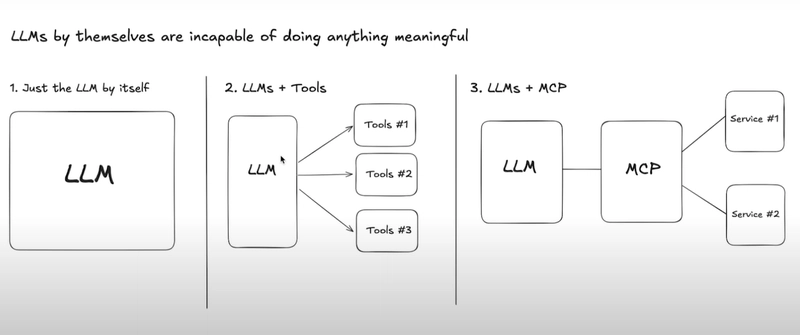














![[DEALS] Mail Backup X Individual Edition: Lifetime Subscription (72% off) & Other Deals Up To 98% Off – Offers End Soon!](https://www.javacodegeeks.com/wp-content/uploads/2012/12/jcg-logo.jpg)











































































































































_Andreas_Prott_Alamy.jpg?width=1280&auto=webp&quality=80&disable=upscale#)















































































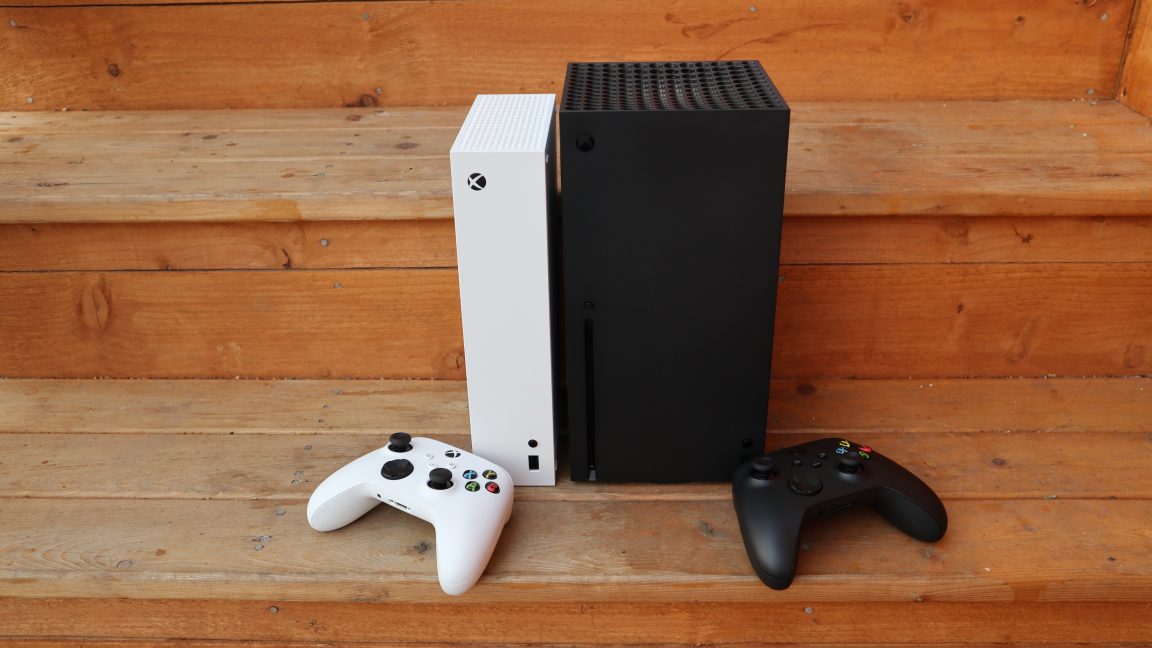






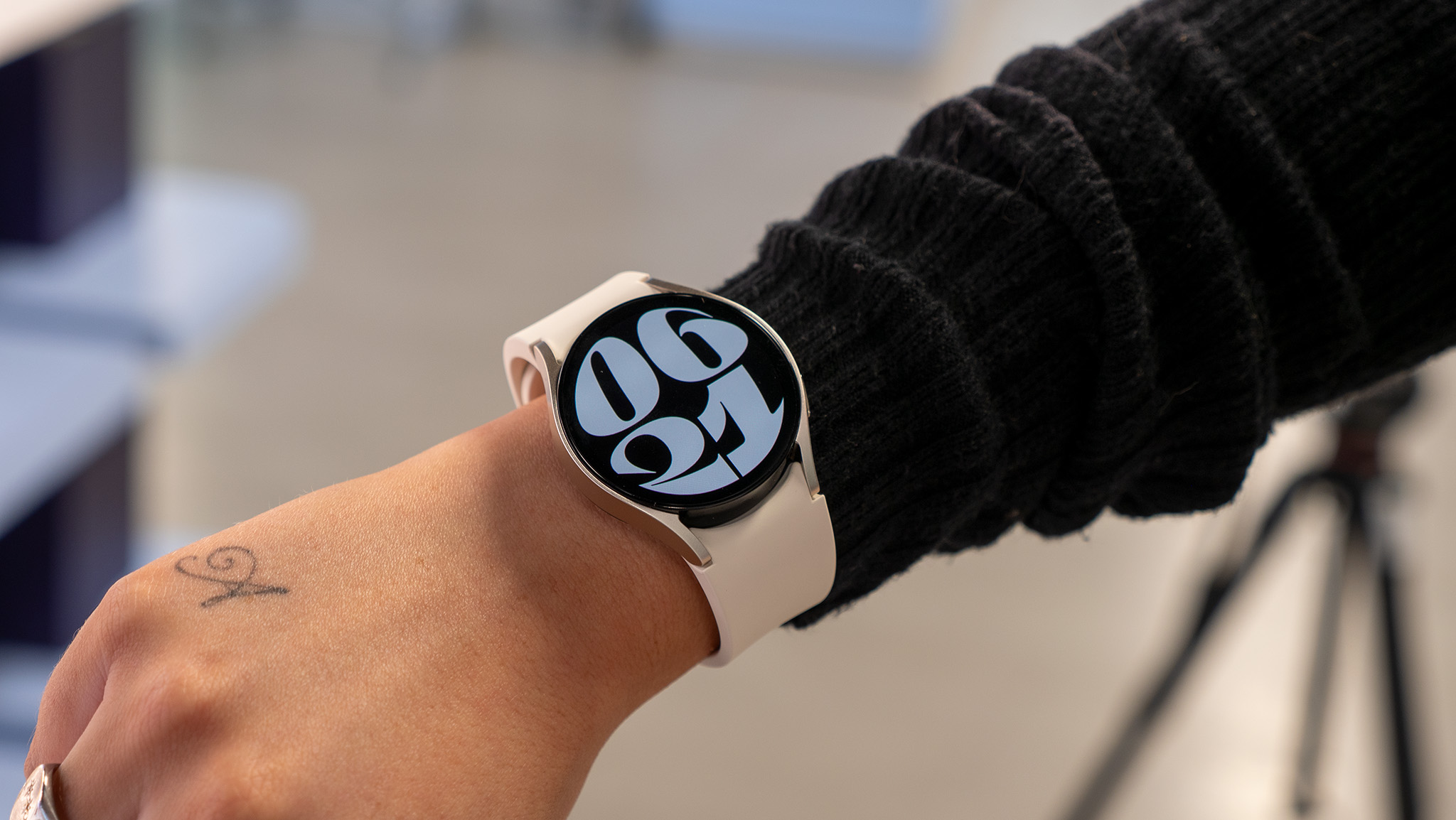

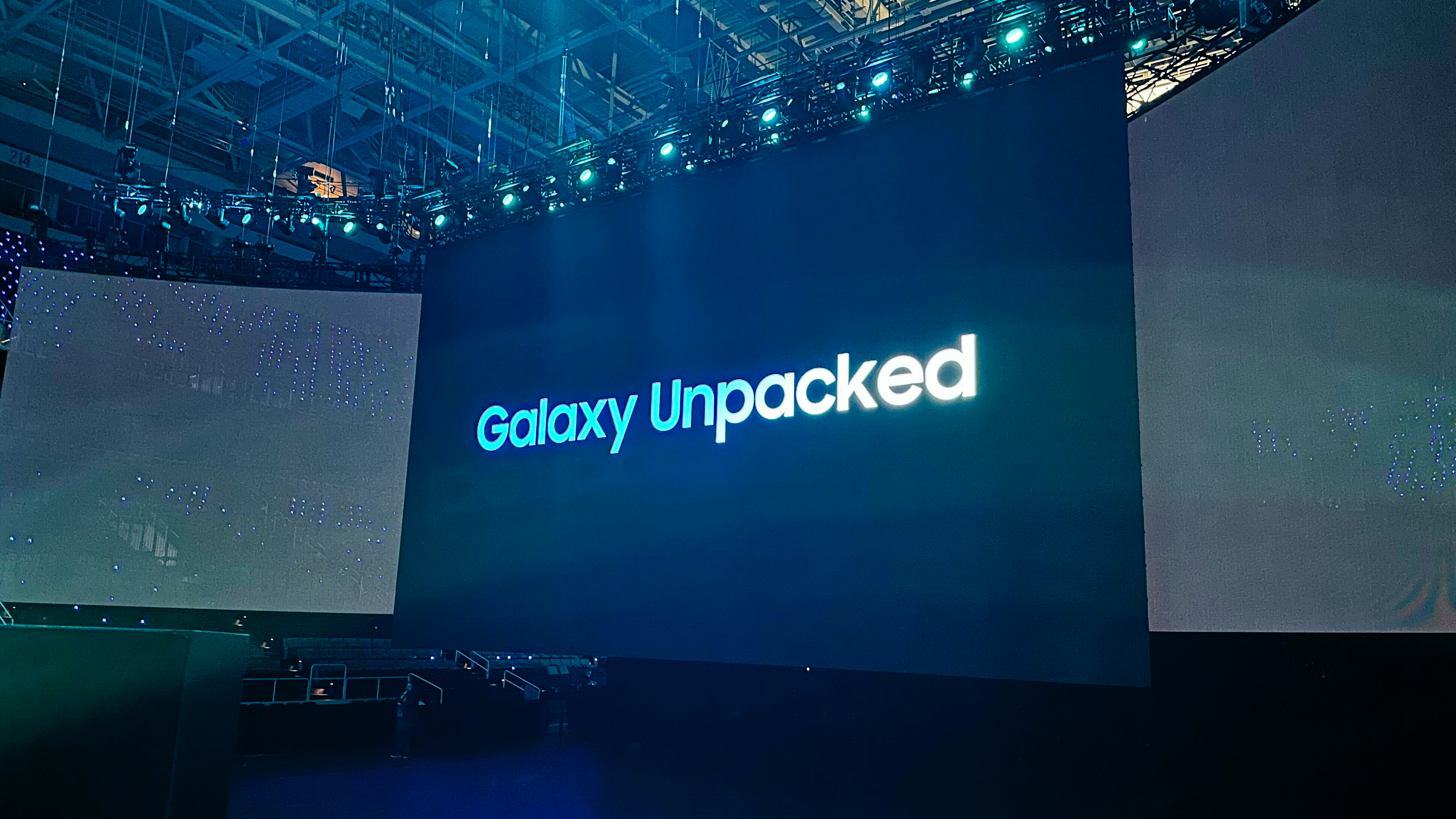







![Severance-inspired keyboard could cost up to $699 – have your say [Video]](https://i0.wp.com/9to5mac.com/wp-content/uploads/sites/6/2025/05/Severance-inspired-keyboard-could-cost-up-to-699-%E2%80%93-have-your-say-Video.jpg?resize=1200%2C628&quality=82&strip=all&ssl=1)




![Google Home app fixes bug that repeatedly asked to ‘Set up Nest Cam features’ for Nest Hub Max [U]](https://i0.wp.com/9to5google.com/wp-content/uploads/sites/4/2022/08/youtube-premium-music-nest-hub-max.jpg?resize=1200%2C628&quality=82&strip=all&ssl=1)



















































































































